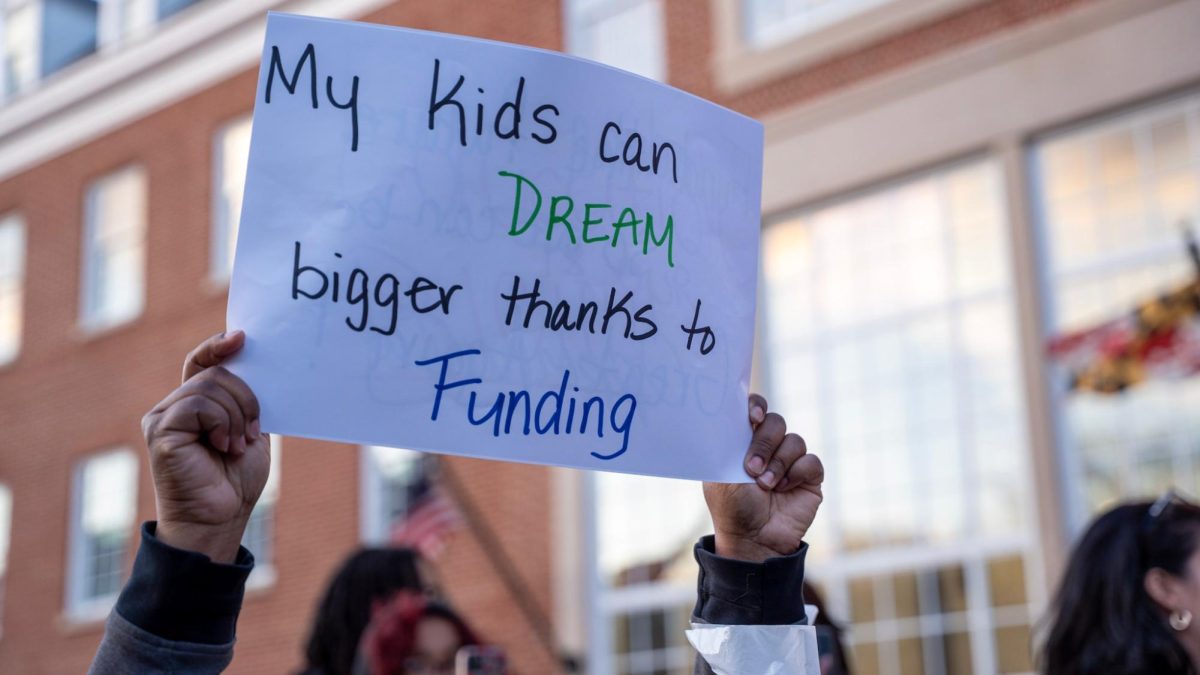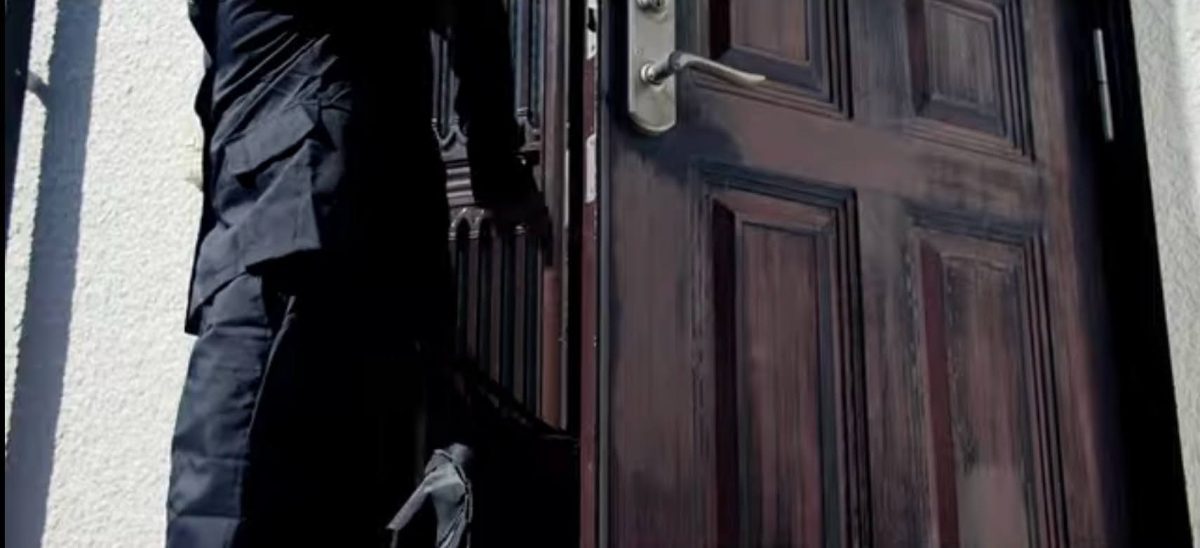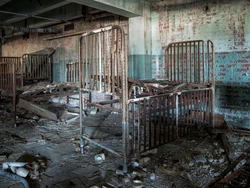Within a forested area of Laurel, Maryland resides the remains of an institution that killed hundreds. When it first opened in 1925 Forest Haven was renowned for its progressive ways of treating the mentally disabled of the nation’s capital. But, as the D.C government continually cut funding to the understaffed institution it devolved into a madhouse of murder and torture. Three hundred and eighty nine unnamed patients now rest in a mass unmarked grave on the grounds.
Presently, Forest Haven is an abandoned campus of some 20 buildings left to rot by the government after the asylum was forced to close in 1991. So mishandled was the closure that nearly all the patient files, medical documents, and any other number of official papers were left behind, along with medical equipment, clothes, etc. Yet, all the files speaking of the numerous botched lobotomies, suspicious deaths, and sexual abuse that occurred over the institutions 66 year lifespan have conveniently been disposed of. We believe the D.C government and asylum personnel have covered up an unknown amount of deaths, medical malpractice, mistreatment, and sexual abuse.
For 66 years patients at Forest Haven were subject to a variety of inhumane treatments, from being restrained to their beds for weeks on end, fed while lying down–which causes aspiration pneumonia, where the patient literally suffocates on their own food-, being medically sedated by Thorazine, botched lobotomies, and more. Hundreds of people died while under the care of Forest Haven. Yet, this is probably only the tip of the iceberg.
The Justice Department only began to monitor deaths at Forest Haven between 1989 to 1991, and only deaths caused by aspiration pneumonia. This leaves 64 years that went undocumented. And all the files that would have the answers? They’ve likely been disposed of, or simply left to rot with the rest of the facility. This is the same institution that is known to have lied about the causes of death on official medical reports for their patients, “Someone dies of aspiration pneumonia and they (state authorities) will say they died of heart failure or respiratory arrest or that they stopped breathing. And so the real cause of death is often not identified. What we have here are quiet little murders. They’re killed one day at a time because people don’t pay attention and then no one finds out the real cause of death,” explains Justice Department expert witness Karen McGowan in a 1994 article.
After the closing of Forest Haven, nothing changed. All of the survivors were pushed into group homes. These “homes” were run by the same people, and with the same care. According to Peter Perl, author of “Forest Haven Patients Still Not Reimbursed,” these groups homes for the mentally disabled “are scattered across the region and vary widely in quality, size and cost. But city inspectors have never fined an operator for poor care.” These people were still abused and tortured. Some even take it as far as trying to fake medical emergencies just to escape them. Perl states of one witness, “DeWitt Stith left Forest Haven, where he grew up, for a group home, where he was harassed by a sexual predator. He took to faking seizures on the street in an effort to secure hospital care.”
Still to this day has no one been fined or faced repercussions. The only time someone faced legal action was when a man stole $40,000 ($82,227 today) from the residents’ bank accounts. Funny how the only time the government cared was when someone was taking their money. No fines, no jail time, and just a slap on the wrist for the staff. There is no justice for those wronged by the workers of Forest Haven, and the district politicians behind it all. The only thing the survivors of this horror were given was an annual vacation.
There needs to be a better response from the government and officials involved. The few ex-Forest Haven patients that are still alive deserve justice and a better future. We need to make sure that nothing like this ever happens again by creating proper care resources for the mentally disabled, adequately funding said resources, and putting protections in place so that their rights cannot be violated so vehemently ever again.




































